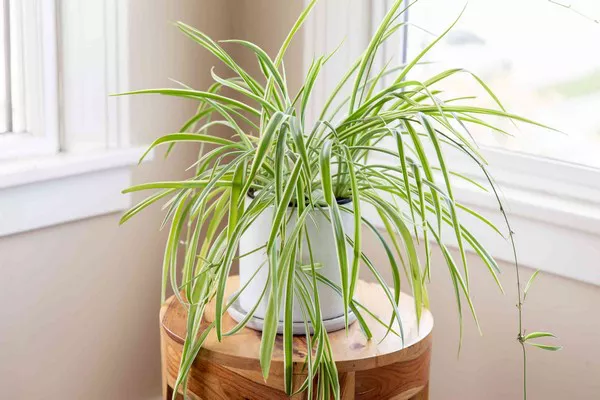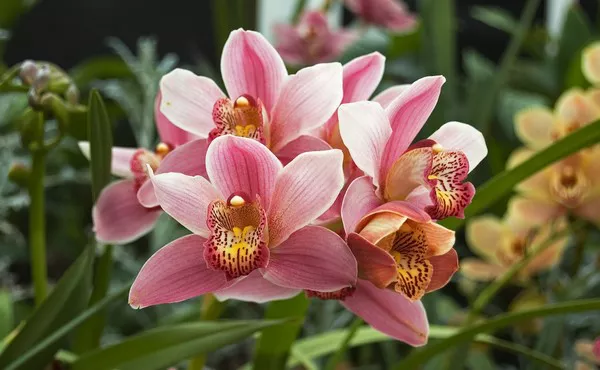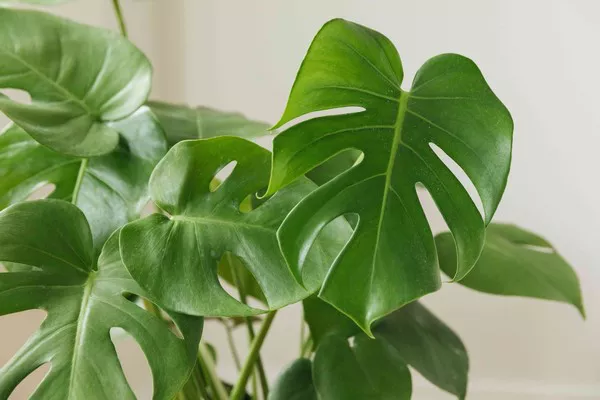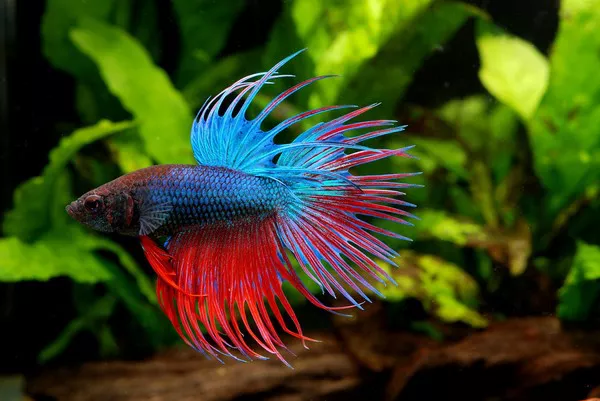Flowers have long been celebrated for their beauty, fragrance, and ability to brighten up any space. While many flowers bloom only during certain seasons, there are several varieties that continue to grace gardens and landscapes with their blooms throughout the year. In this article, we’ll explore seven such flowers that provide a splash of color no matter the season, offering continuous beauty and joy to gardeners and flower enthusiasts alike.
7 Flowers That Add Color All Year Round
1. Roses (Rosa spp.)
Roses are perhaps the most iconic and beloved flowers in the world, renowned for their exquisite beauty, fragrance, and versatility. While they are often associated with spring and summer, many rose varieties are capable of blooming continuously throughout the year, especially in regions with mild climates.
One such example is the Knock Out® Rose, a modern shrub rose cultivar that blooms profusely from spring until the first frost. With its vibrant colors, disease resistance, and easy care requirements, the Knock Out® Rose has become a favorite among gardeners seeking year-round beauty in their landscapes.
Other rose varieties known for their extended blooming periods include the Carpet Rose, Flower Carpet® series, and the David Austin English Roses, which offer a wide range of colors, forms, and fragrances to suit any garden style.
2. Lantana (Lantana camara)
Lantana is a versatile and hardy flowering plant known for its vibrant blooms and ability to thrive in a variety of growing conditions. Native to tropical regions of the Americas and Africa, lantana has naturalized in many parts of the world, where it is prized for its long-lasting flowers and attractive foliage.
One of the key features of lantana is its continuous blooming habit, with flowers appearing in clusters throughout the year in warm climates. The flowers come in a variety of colors, including shades of red, orange, yellow, and pink, often with multiple colors on the same cluster, creating a stunning display of color.
Lantana is also a favorite among pollinators, attracting butterflies, bees, and hummingbirds with its nectar-rich blooms. With its drought tolerance and low maintenance requirements, lantana is an excellent choice for gardeners looking to add color and interest to their landscapes year-round.
3. Geraniums (Pelargonium spp.)
Geraniums, also known as pelargoniums, are popular flowering plants valued for their colorful blooms, attractive foliage, and long blooming period. While they are often grown as annuals in colder climates, geraniums can thrive as perennials in warmer regions, where they can bloom continuously throughout the year.
One of the reasons geraniums are prized by gardeners is their ability to withstand heat, drought, and poor soil conditions, making them ideal for use in containers, borders, and hanging baskets. With proper care and maintenance, geraniums can produce an abundance of blooms in shades of red, pink, white, and purple, adding beauty and charm to any garden or landscape.
Some popular varieties of geraniums known for their extended blooming period include the Martha Washington Geranium, the Ivy Leaf Geranium, and the Zonal Geranium, each offering a unique combination of colors and growth habits to suit different gardening preferences.
4. Petunias (Petunia spp.)
Petunias are beloved flowering plants prized for their wide range of colors, compact growth habits, and prolific blooms. While they are often grown as annuals in colder climates, petunias can thrive as perennials in warmer regions, where they can bloom continuously throughout the year with proper care and maintenance.
One of the key features of petunias is their trailing growth habit, which makes them ideal for use in hanging baskets, window boxes, and containers. Their vibrant blooms come in a variety of colors, including shades of pink, purple, red, white, and blue, often with contrasting veins or picotee edges, creating a stunning visual display.
With their tolerance to heat and drought, petunias are easy to care for and require minimal maintenance, making them a favorite choice among gardeners looking to add color and interest to their landscapes year-round. Some popular varieties of petunias known for their extended blooming period include the Wave® series, the Supertunia® series, and the Cascadia® series, each offering unique colors and growth habits to suit different gardening preferences.
5. Calendula (Calendula officinalis)
Calendula, also known as pot marigold, is a cheerful and versatile flowering plant valued for its bright blooms, medicinal properties, and culinary uses. While it is often grown as an annual, calendula can behave as a short-lived perennial in mild climates, where it can bloom continuously throughout the year.
One of the key features of calendula is its tolerance to cool temperatures, allowing it to bloom even during the cooler months of the year. The flowers come in shades of yellow and orange, often with contrasting centers, and can be used fresh or dried in herbal teas, salves, and culinary dishes.
Calendula is also a favorite among pollinators, attracting bees and butterflies to the garden with its nectar-rich blooms. With its bright and sunny flowers and easy care requirements, calendula is an excellent choice for gardeners looking to add color and interest to their landscapes year-round.
6. Salvia (Salvia spp.)
Salvia, also known as sage, is a diverse genus of flowering plants valued for its ornamental flowers, aromatic foliage, and drought tolerance. While there are several species of salvia, many of them are known for their extended blooming period, providing color and interest to gardens throughout the year.
One popular variety of salvia is Salvia nemorosa, commonly known as meadow sage or woodland sage. This perennial herbaceous plant produces spikes of small, tubular flowers in shades of blue, purple, pink, or white, which bloom continuously from late spring to early fall. Meadow sage is known for its ability to attract pollinators such as bees and butterflies to the garden, making it a valuable addition to any landscape.
Another favorite among gardeners is Salvia farinacea, commonly known as mealycup sage or mealy sage. This perennial plant produces tall spikes of flowers in shades of blue, purple, or white, which bloom continuously from spring to fall. Mealycup sage is drought tolerant and low maintenance, making it an excellent choice for gardens with hot, dry climates.
Salvia greggii, commonly known as autumn sage or cherry sage, is another popular variety known for its long-lasting blooms. This evergreen shrub produces tubular flowers in shades of red, pink, purple, or white, which bloom continuously from spring to fall. Autumn sage is heat and drought tolerant, making it well-suited for gardens in arid regions.
Other varieties of salvia known for their extended blooming period include Salvia guaranitica, Salvia microphylla, and Salvia leucantha, each offering unique colors and growth habits to suit different gardening preferences.
7. Coreopsis (Coreopsis spp.)
Coreopsis, commonly known as tickseed, is a cheerful and easy-to-grow flowering plant valued for its bright blooms, compact growth habits, and long blooming period. Native to North America, coreopsis is a favorite among gardeners for its ability to thrive in a variety of soil and climate conditions.
One of the key features of coreopsis is its extended blooming period, with flowers appearing from spring to fall in warm climates. The flowers come in shades of yellow, orange, pink, or red, often with contrasting centers or bicolor patterns, creating a stunning visual display in the garden.
Coreopsis is also a favorite among pollinators, attracting bees, butterflies, and other beneficial insects with its nectar-rich blooms. With its drought tolerance and low maintenance requirements, coreopsis is an excellent choice for gardeners looking to add color and interest to their landscapes year-round.
Some popular varieties of coreopsis known for their extended blooming period include Coreopsis verticillata, Coreopsis grandiflora, and Coreopsis lanceolata, each offering unique colors and growth habits to suit different gardening preferences.
See Also: 10 Most Common Annual Flowers
Conclusion
In conclusion, while many flowers have specific blooming seasons, there are several varieties that bloom continuously throughout the year, adding color and beauty to gardens and landscapes regardless of the season. From roses and geraniums to lantana and coreopsis, these perennial blooms offer endless possibilities for gardeners seeking year-round color and charm. With their vibrant flowers, attractive foliage, and easy-care requirements, these flowers are sure to delight gardeners and flower enthusiasts alike, providing joy and inspiration in every season.
You Might Be Interested In:

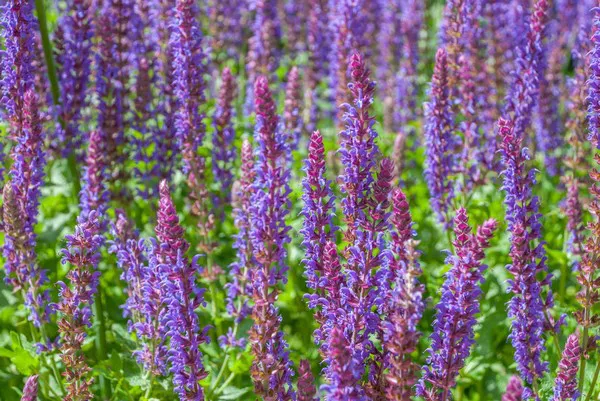

![10 Most Richest Cities in the United States [Revealed!]](https://www.validdownloads.com/wp-content/uploads/2023/12/Manjula-Pothos.webp)

